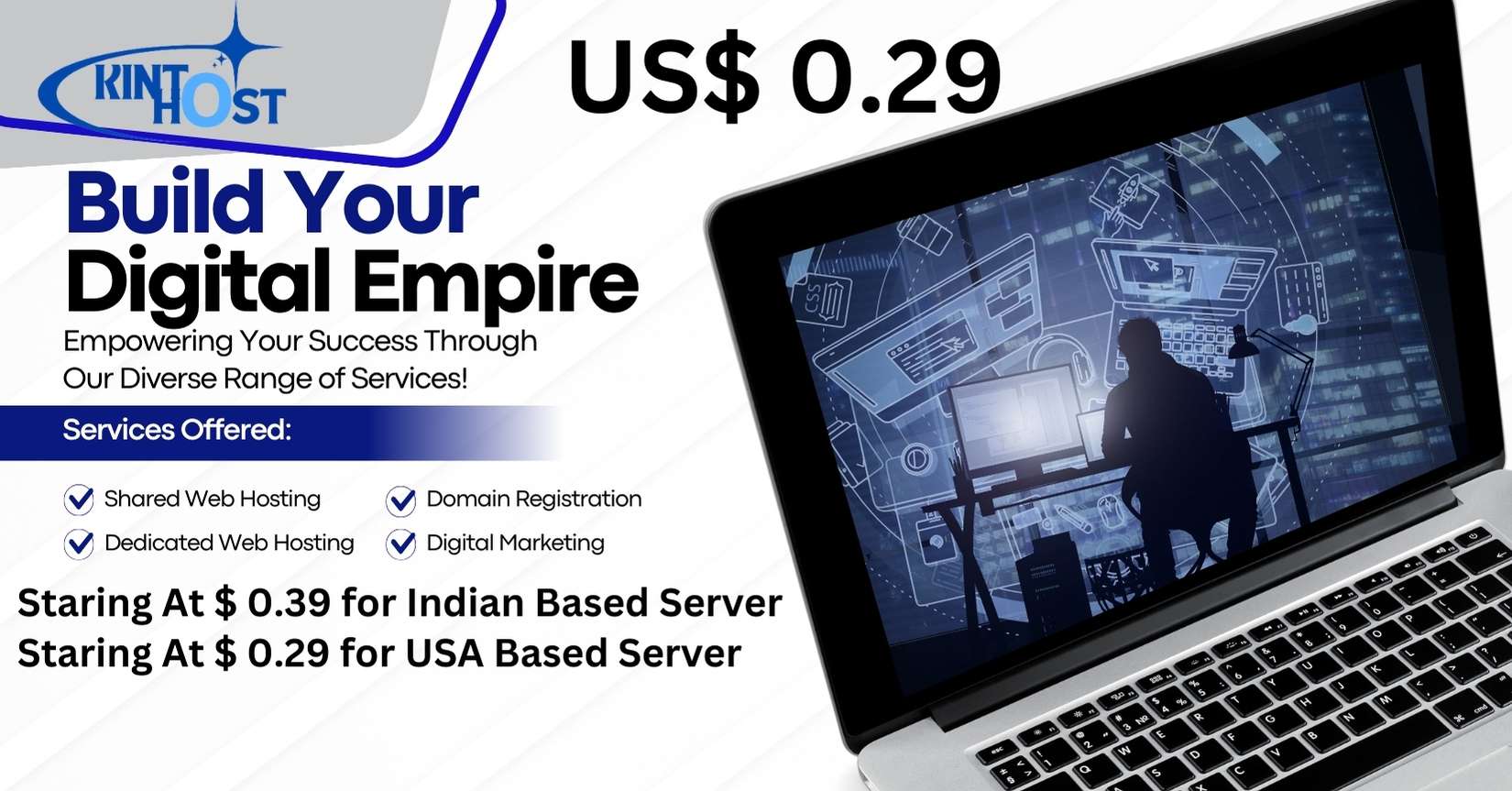PostgreSQL, often referred to as Postgres, is an advanced open-source relational database management system (RDBMS) that has earned its reputation for reliability, feature robustness, and performance. It is a versatile database solution that supports a wide range of applications, from small-scale websites to enterprise-level systems. This article delves deep into It, exploring its history, features, benefits, and practical use cases. Whether you’re a developer, database administrator, or a business owner, this guide will provide you with valuable insights into It.
1. What is PostgreSQL?
It is a powerful RDBMS that uses SQL (Structured Query Language) for querying and manipulating data. It extends traditional SQL capabilities with advanced features such as:
- ACID Compliance: Ensures transactional integrity.
- Support for Complex Data Types: Includes JSON, arrays, and custom types.
- Extensibility: Allows users to create custom functions and data types.
Developed initially in 1986 at the University of California, Berkeley, It has evolved into one of the most trusted database systems worldwide.
2. Key Features of PostgreSQL
2.1. Open-Source Flexibility
It is open-source, meaning users can access, modify, and distribute its source code. This makes it an affordable and adaptable choice for various projects.
2.2. Advanced Data Types
It supports a wide range of data types, including:
- JSON/JSONB: For handling unstructured data.
- ARRAY: For storing arrays of data.
- Geospatial Data: Through the PostGIS extension.
2.3. High Availability and Scalability
It supports replication and clustering, allowing databases to scale horizontally and ensuring high availability.
2.4. Extensibility
PostgreSQL’s architecture allows users to:
- Add new data types.
- Create custom functions using languages like PL/pgSQL, Python, and Perl.
- Install extensions like PostGIS and pg_partman.
2.5. Security Features
It offers robust security mechanisms, including:
- Role-Based Access Control (RBAC): For managing user permissions.
- Data Encryption: Both at rest and in transit.
- Audit Logging: Tracks database activities for compliance and troubleshooting.
3. Benefits of Using PostgreSQL
3.1. Cost-Effectiveness
Being open-source, It eliminates licensing costs, making it a budget-friendly option for businesses of all sizes.
3.2. Reliability
It’s strong adherence to ACID principles ensures data consistency and reliability.
3.3. Versatility
From web applications to data warehousing, It supports a wide array of use cases.
3.4. Community Support
An active global community provides extensive documentation, tools, and support forums.
4. Practical Applications of PostgreSQL
4.1. Web Development
It is widely used in web development for storing and managing dynamic content, such as user accounts and e-commerce data.
4.2. Data Warehousing
Its ability to handle large datasets and complex queries makes It ideal for data warehousing and analytics.
4.3. Geospatial Applications
The PostGIS extension adds geospatial capabilities, enabling developers to build GIS (Geographic Information System) applications.
4.4. Enterprise Systems
It’s scalability and advanced features make it suitable for ERP, CRM, and other enterprise applications.
5. PostgreSQL vs. Other Databases
5.1. PostgreSQL vs. MySQL
While both are open-source databases, It is known for its advanced features and extensibility, whereas MySQL prioritizes speed and simplicity.
5.2. PostgreSQL vs. Oracle
Oracle offers proprietary solutions with high performance but at a significant cost. It provides similar functionality at no cost.
5.3. PostgreSQL vs. MongoDB
Unlike MongoDB’s NoSQL approach, It’s hybrid support for relational and unstructured data offers greater flexibility.
6. Getting Started with PostgreSQL
6.1. Installation
It can be installed on various platforms, including Windows, macOS, and Linux. Comprehensive installation guides are available on the official website.
6.2. Basic Commands
Here are some essential PostgreSQL commands:
- Create Database:
CREATE DATABASE dbname; - Connect to Database:
\c dbname - Create Table:
CREATE TABLE tablename (column1 datatype, column2 datatype); - Insert Data:
INSERT INTO tablename VALUES (value1, value2);
6.3. Tools
Popular tools for managing PostgreSQL include:
- pgAdmin: A feature-rich web-based interface.
- DBeaver: A universal database management tool.
- psql: A command-line utility.
7. Tips for Optimizing PostgreSQL Performance
- Indexing: Use indexes to speed up query execution.
- Query Optimization: Analyze and optimize slow queries using the
EXPLAINcommand. - Vacuuming: Regularly vacuum tables to maintain performance.
- Partitioning: Divide large tables into smaller partitions for better query performance.
8. Backlinks
- “Explore PostgreSQL hosting solutions” – Kinto Host
- “Learn more about database security” – Indian Shop Hub
- “Discover advanced database extensions” – Auto Refresh
- “Master geospatial data with PostGIS” – Uniq Foody
- “Enhance your enterprise systems” – VVID Perfumes
Conclusion
It is a powerful, feature-rich database solution that caters to diverse needs. Its open-source nature, robust performance, and extensive community support make it a top choice for developers and businesses alike. By understanding its features, benefits, and applications, you can leverage It to build scalable, secure, and efficient systems. Dive into the world of It and unlock the potential of this remarkable database!
FAQs About PostgreSQL
- What is PostgreSQL used for?
It is used for managing data in relational database systems and supports a variety of applications, including web apps, data warehousing, and geospatial analysis. - Is PostgreSQL free?
Yes, It is open-source and free to use for personal, academic, and commercial purposes. - What makes PostgreSQL different from MySQL?
It offers advanced features like JSON support, extensibility, and better handling of complex queries compared to MySQL. - Can PostgreSQL handle large-scale data?
Yes, It is highly scalable and supports replication, clustering, and partitioning for managing large-scale data. - What are the supported platforms for PostgreSQL?
It works on Windows, macOS, Linux, and various Unix-based systems. - Does PostgreSQL support NoSQL data?
Yes, It supports JSON/JSONB data types, allowing for NoSQL-like functionality. - How secure is It ?
It provides robust security features, including role-based access control, data encryption, and audit logging. - Can I use It for geospatial applications?
Yes, with the PostGIS extension, PostgreSQL can handle geospatial data and queries efficiently. - What tools are available for managing It ?
Popular tools include pgAdmin, DBeaver, and the command-line utility psql. - How does It ensure data integrity?
It is ACID-compliant, ensuring data consistency and reliability even during failures.

